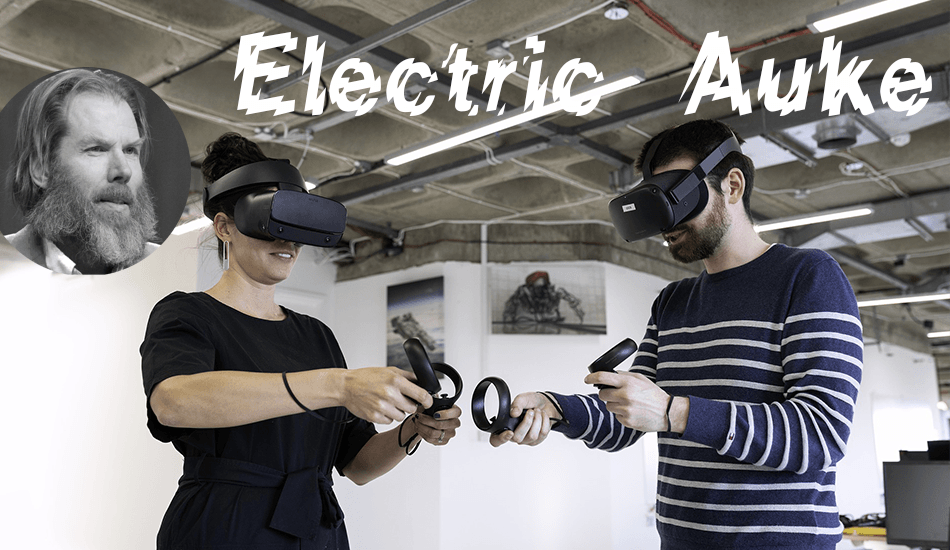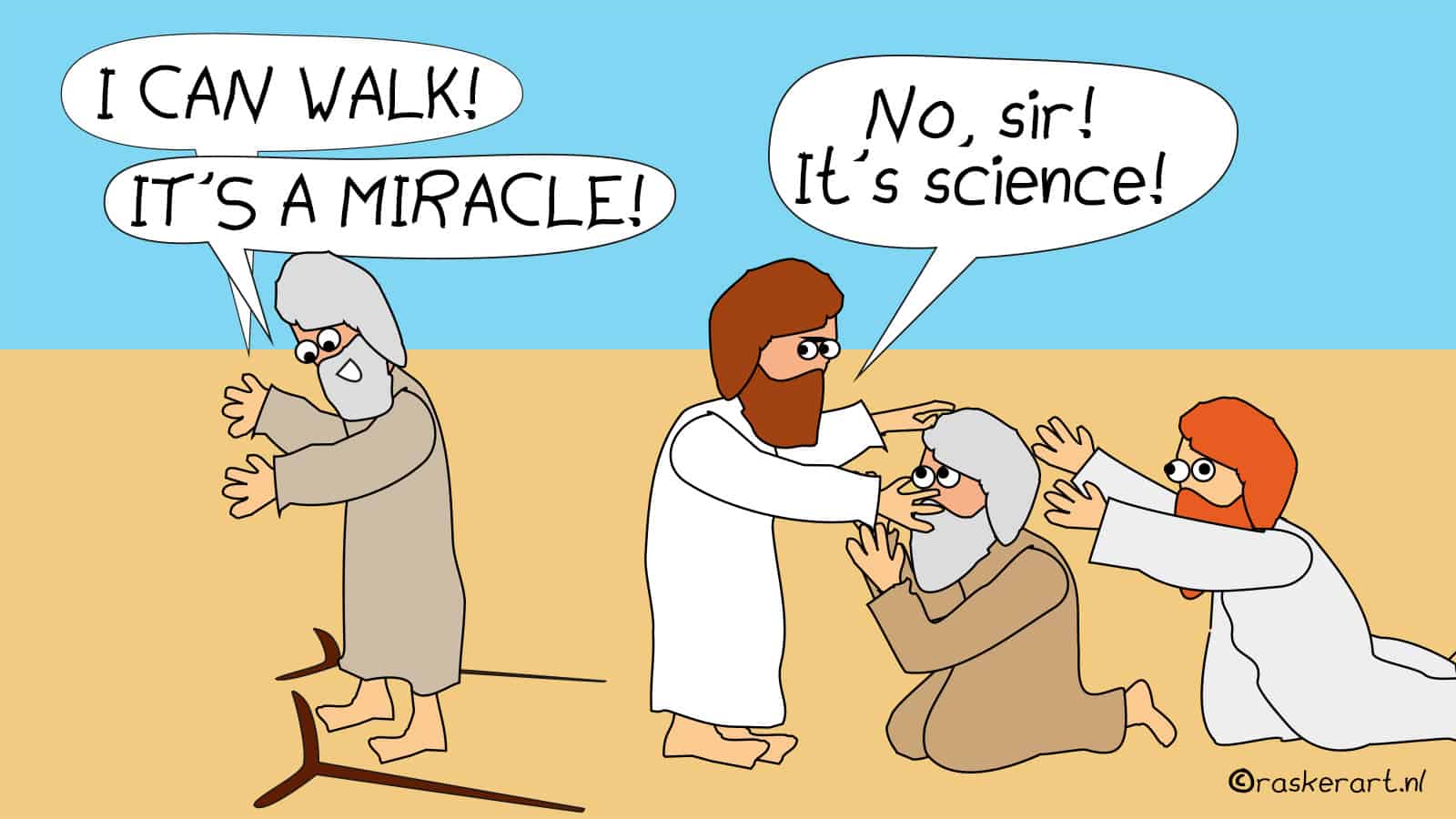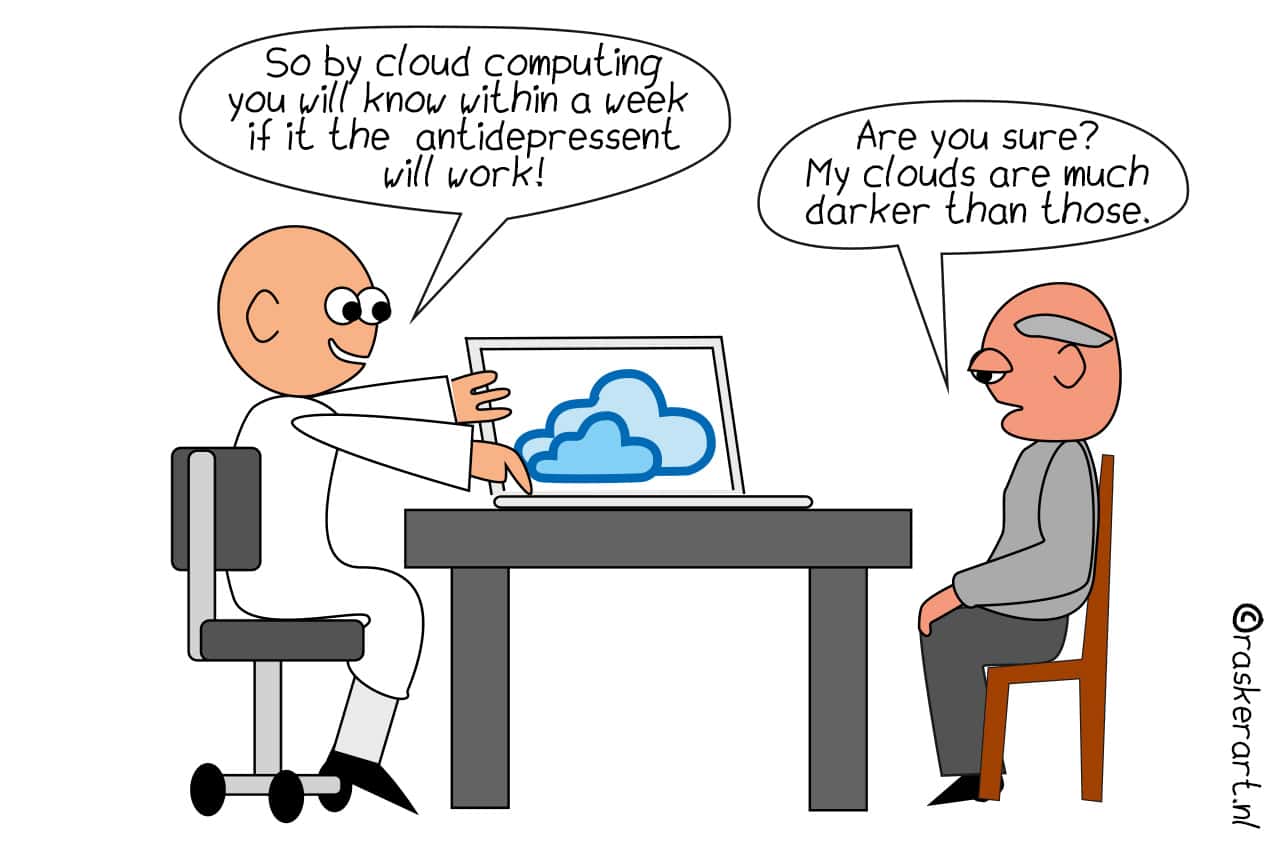
Obviously, we want to know from Auke which innovation or technology is really going to break through in 2021. “Yes, that’s a good question,” Auke closes his eyes and thinks. Then he jumps up and disappears from view. Elsewhere in the room he yells out: “Wait a sec, I’m going to grab a cola and I’ll think about it in the meantime.”
Over the past year, Auke has already talked about a number of innovations that he is expecting a lot from. A skateboard platform for electric mobility. Cultivated meat. VR glasses to keep air traffic to a minimum and smart energy systems. Other ideas, such as the telepresence robot that Auke had hoped to make with Eindhoven Engine, never came to fruition. “It’s a pity, but not everything you come up with becomes reality. But I am not ruling out the possibility of such a robot ever being built at some point,” he remarked in an earlier interview about this.
Meanwhile, Auke is back in his chair again with a can of coke. “What I really am thinking about most, once corona has blown over a bit and we really can get together again, is to get to work on the team formation at Neon. I really feel like getting together with all those enthusiastic and smart people in our new space to brainstorm on the various issues. Hopefully it will be possible in a few months once everyone has been vaccinated.”
Parasailing with an electric motor on his back
Auke closes his eyes and starts to laugh: “What also seems to me a great way to commute is to parasail to the TU/e with an electric motor on my back. Now those things are incredibly expensive and it really is a state of the art technology. But those motors actually aren’t that special and they ought to be much cheaper.” He opens his eyes again and grins: “But I probably won’t get a permit to land there, so I will only be allowed to take off in my garden. That’s a good laugh too, but it would only be fun for me.”
This idea has been shelved for now, just like the telepresence robot. Nevertheless, what Auke will be working on next year is 3D models for designing neighborhoods in a new way. “At NEON, we’re good at making simulations and models. Scenarios that help policymakers determine where solar parks should be located, for example. We can expand these interactive maps even further. We have all kinds of data on energy consumption and mobility, among other things. You can build a neighborhood in full 3D by bundling all of this data. This makes it possible for people to try out what is like to live there, as it were, before the neighborhood is built. This allows you to ask residents – but also other parties – for feedback in a much more targeted way.”
Because that is what is lacking at the moment, in his opinion. “Architects and urban planners are coming up with some very cool new things in neighborhoods. They usually draw up questionnaires to find out whether people are willing to live there. But the results are unreliable. Everyone envisions something different in an ideal residential area. Certainly if it concerns new things that don’t exist yet.”
Slightly faster than a horse
To illustrate, Auke cites the example of Henry Ford who didn’t approach his potential customers for input or feedback. “A car did not yet exist, what would people have said then? Make something slightly faster than a horse? They were unable to imagine anything like it. So it was also very difficult to say something that made any sense. If there were VR glasses back then, he could have shown it to people and asked them what they thought about it. This is also a frustration for PhD students. They come up with very clever things that aren’t around yet, and by visualizing them, they are able to create more understanding.”
Collaboration still has to be arranged
Auke would love to work together with the designers at the KnoopXL redevelopment project. This should see about 5 to 6 thousand houses built around the railway station area in Eindhoven over the next 20 years. He can already see it all in front of him. “We just have to set up a collaboration, it would be really amazing.”
“That you can walk around in a realistic 3D environment and look inside your future apartment and see how the neighborhood dynamics are should be. Since a car-free neighborhood doesn’t exist yet, people think it can’t be done. But in this setting, people can not only see, but also experience how it works. Shared electric cars, scooters and other last-mile vehicles are the norm. How cool would it be if, instead of watching a video representation, you could already familiarize yourself with your future street? This is one way you can present it to people: ‘Where would you rather live? Neighborhood A or B?” Auke proposes.
Bundling all the information layers
Designers can get back to work with the feedback from future residents. They can in turn show the same neighborhood to other stakeholders. “Municipal services such as the refuse collection service and emergency services. What do they need to have access to? How can residents be spared any inconvenience as much as possible? All the data we have on the energy consumption of households and buildings can also be used to illustrate what a sustainable network might look like. Network operators and other energy parties can then get down to work on that.”
According to Auke, the technology is ready to do this. “Nearly all architects work in 3D and can load all kinds of building-related data into the software that they work with. This used to involve a lot more work and time. It was very costly. The funny thing is that more and more architects’ firms are using gaming engines to create these realistic representations of buildings. Over the past few years, it has been getting more and more sophisticated and beautiful. The only thing that is still missing is actually being able to enter the buildings or walk through the neighborhood. Why shouldn’t we develop that in more detail?”
As enthusiastic as Auke is, he realizes that this project is not free. “Through this new way of designing, you get a more livable, sustainable and cleaner neighborhood. That ties in well with European subsidies. We have high hopes of securing that kind of subsidy. Suppose it costs 3 million euros, then this would only be a pittance of what it would cost to build 6,000 homes. Especially if it leads to substantial CO2 savings and a better living environment, then I think that money is well spent.”








